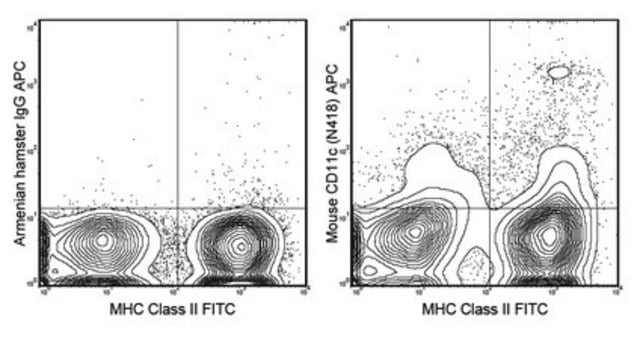774073
Vanadium
pieces, 1-3 mm, 99.9% trace metals basis
Synonym(s):
Vanadium element
Sign Into View Organizational & Contract Pricing
All Photos(1)
About This Item
Empirical Formula (Hill Notation):
V
CAS Number:
Molecular Weight:
50.94
EC Number:
MDL number:
UNSPSC Code:
12141749
PubChem Substance ID:
NACRES:
NA.23
Recommended Products
vapor pressure
8 mmHg ( 20 °C)
Assay
99.9% trace metals basis
form
pieces
resistivity
24.8-26.0 μΩ-cm, 20°C
particle size
1-3 mm
bp
3380 °C (lit.)
mp
1890 °C (lit.)
density
6.11 g/mL at 25 °C (lit.)
SMILES string
[V]
InChI
1S/V
InChI key
LEONUFNNVUYDNQ-UHFFFAOYSA-N
Looking for similar products? Visit Product Comparison Guide
Related Categories
Application
Vanadium metal is commonly used industrially as a key component in alloys. Vanadium has also been shown to increase the efficiency of photocatalysis in TiO2 and hydrogen uptake in MgH2.
Storage Class Code
13 - Non Combustible Solids
WGK
WGK 3
Flash Point(F)
Not applicable
Flash Point(C)
Not applicable
Choose from one of the most recent versions:
Already Own This Product?
Find documentation for the products that you have recently purchased in the Document Library.
Ramzan; M.;
International Journal of Hydrogen Energy, 35(19), 10373-10376 (2010)
Anpo; M.;
Catalysis Surveys from Japan, 1(2), 169-179 (1997)
Gonzalez; J.E.G.;
Journal of Electroanalytical Chemistry (Lausanne Switzerland), 471(2), 109-115 (1999)
Dieter Rehder
Journal of inorganic biochemistry, 102(5-6), 1152-1158 (2008-02-08)
In the present focused review, vanadate-dependent haloperoxidases and vanadate-inhibited enzymes which catalyze the hydrolysis of phosphoester bonds are addressed. In these systems, vanadate [HxVO4](3-x)(-) is covalently coordinated to the imidazolyl moiety of an active site histidine, with a geometrical arrangement
Jaclyn M Winter et al.
The Journal of biological chemistry, 284(28), 18577-18581 (2009-04-14)
Nature has developed an exquisite array of methods to introduce halogen atoms into organic compounds. Most of these enzymes are oxidative and require either hydrogen peroxide or molecular oxygen as a cosubstrate to generate a reactive halogen atom for catalysis.
Our team of scientists has experience in all areas of research including Life Science, Material Science, Chemical Synthesis, Chromatography, Analytical and many others.
Contact Technical Service






